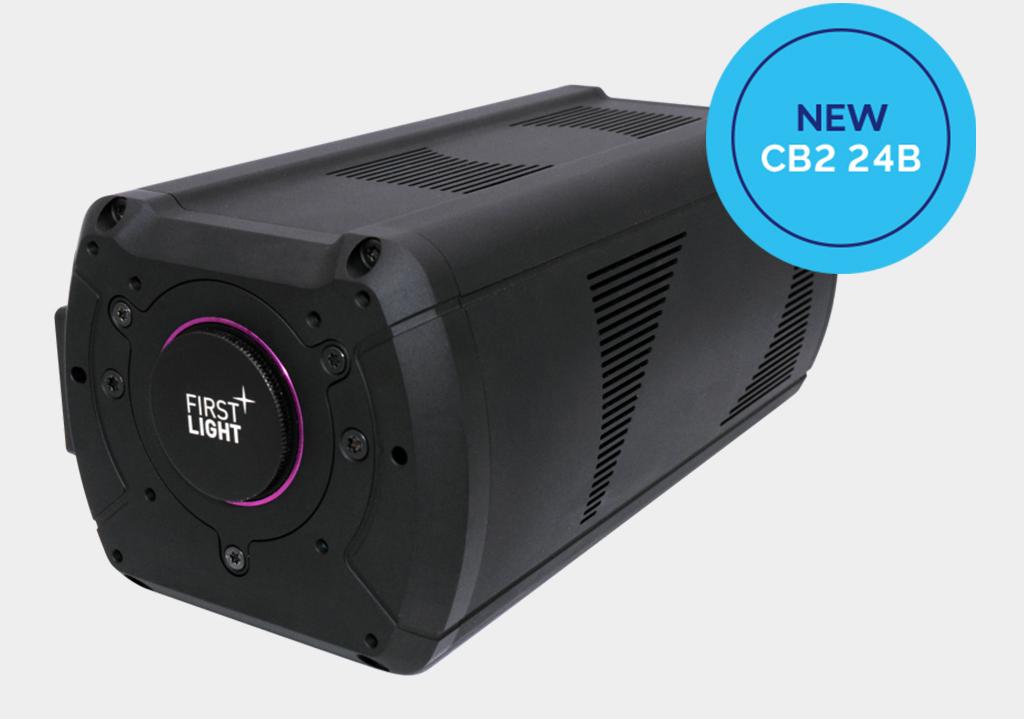Resources
 Part of the Oxford Instruments Group
Part of the Oxford Instruments Group
Expand
Collapse
These cameras offer NIR detection for HHG driving laser beam monitoring or imaging using the driving laser as a light source.
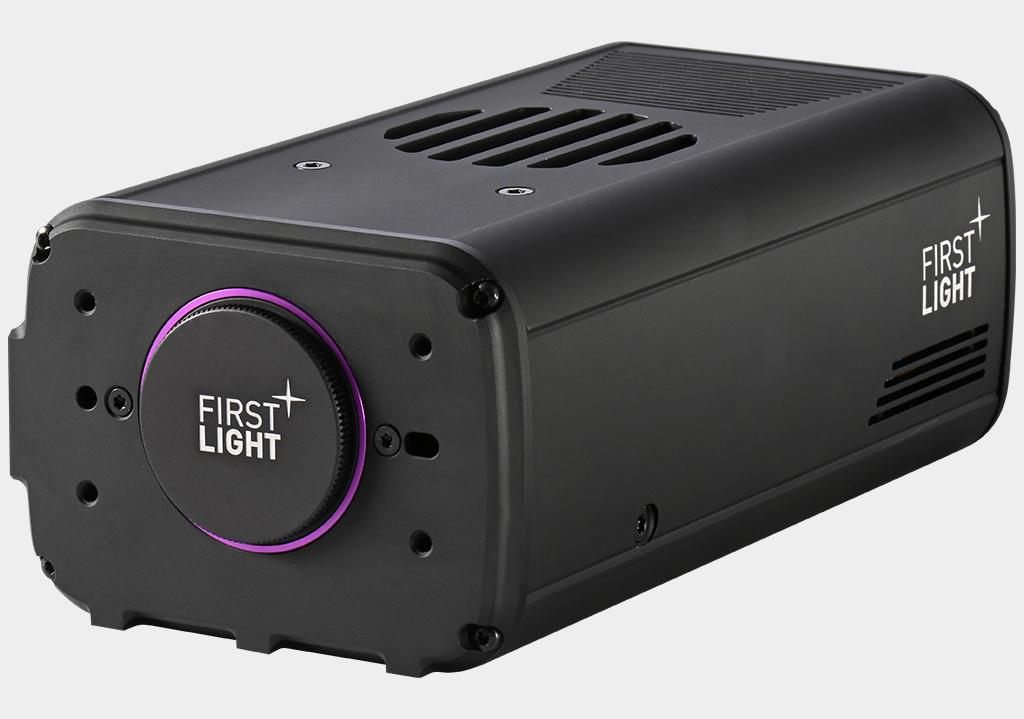
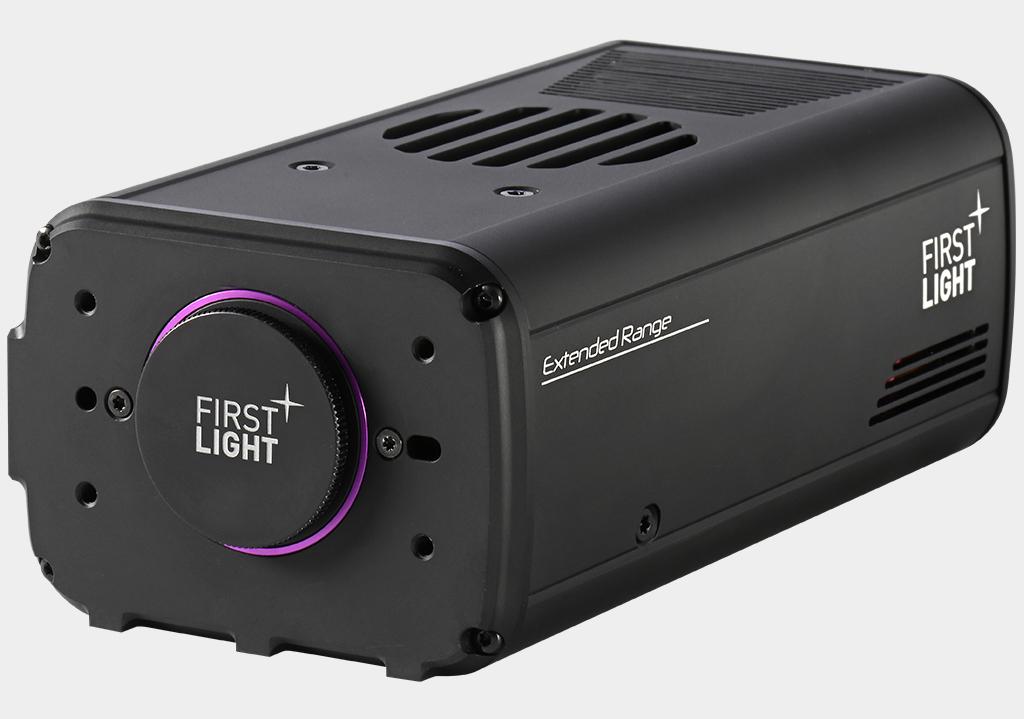
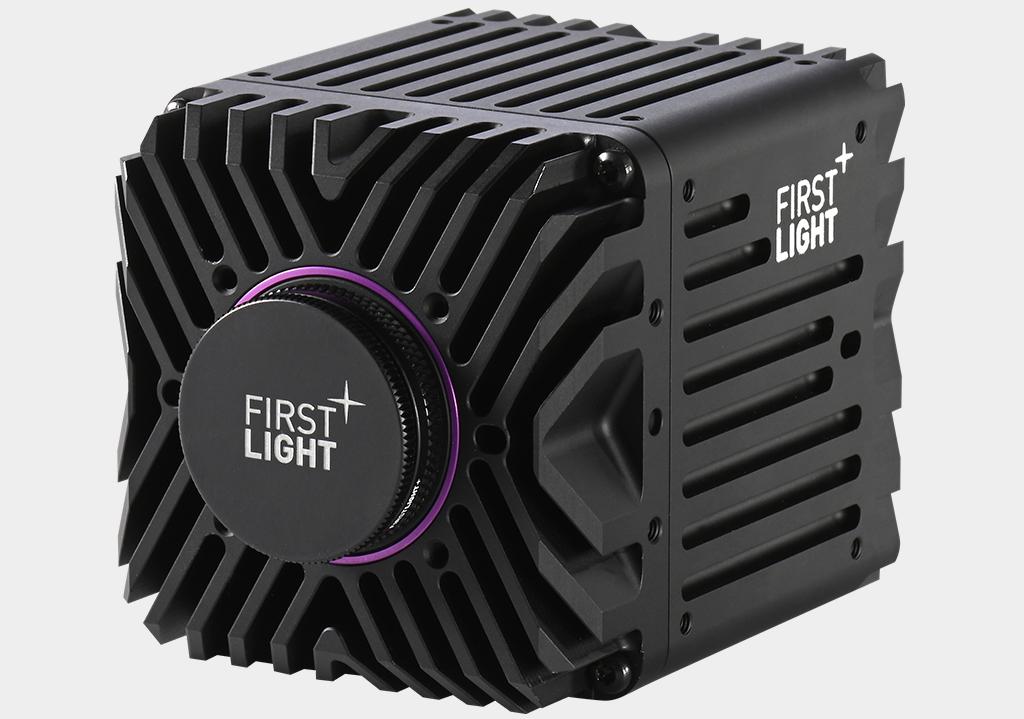
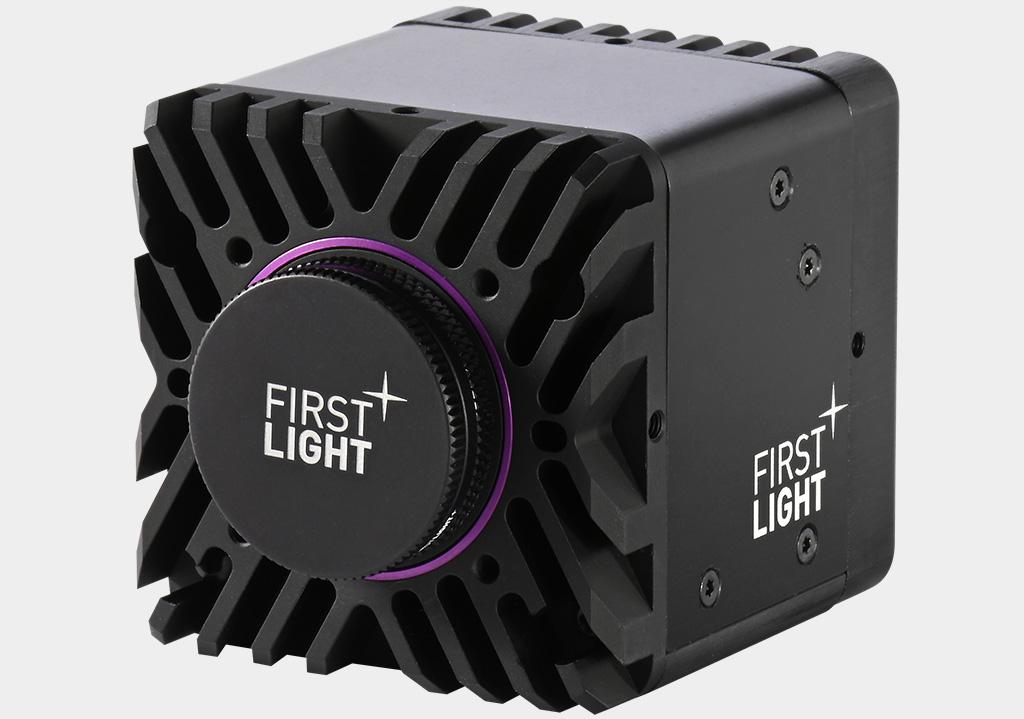
With cameras optimised for visible light and 200 – 400 nm UV light, these direct detection cameras are ideal to be coupled with a range of scintillators for hard X-ray or Neutron detection. With a variety of speeds, resolutions and QE curves, the camera can be tailored to the scintillator to offer the best solution possible.
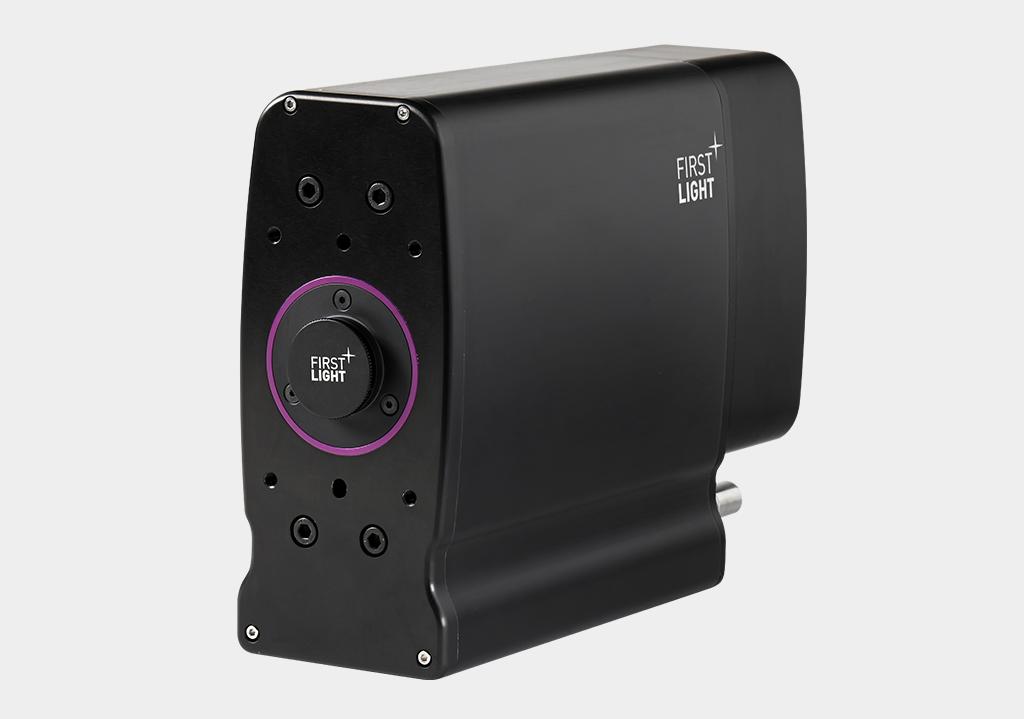

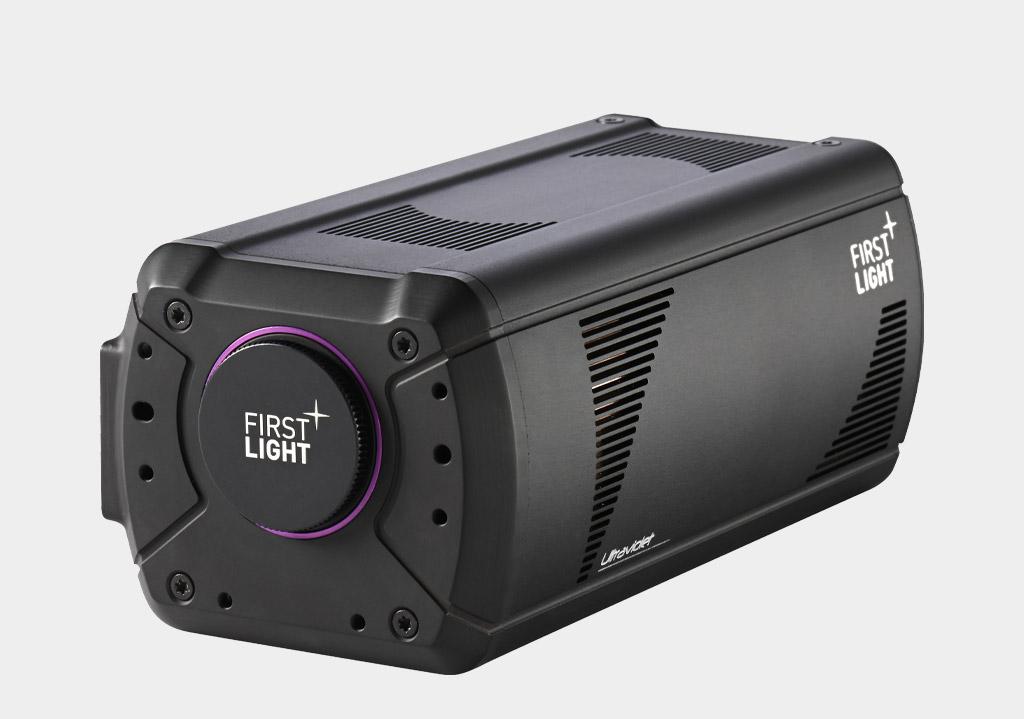
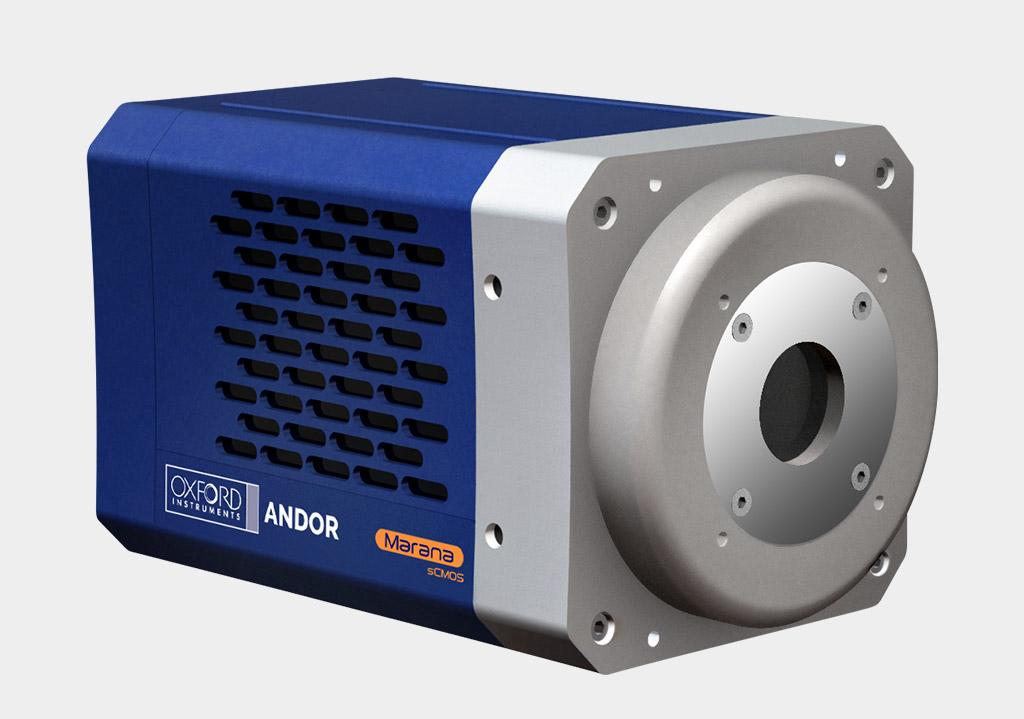

We have a range of sCMOS and CCD direct detection cameras optimised for the EUV and soft X-ray range. These cameras are ideal for HHG beamlines with lower energies through to XFEL and synchrotron facilities up to 20 keV.

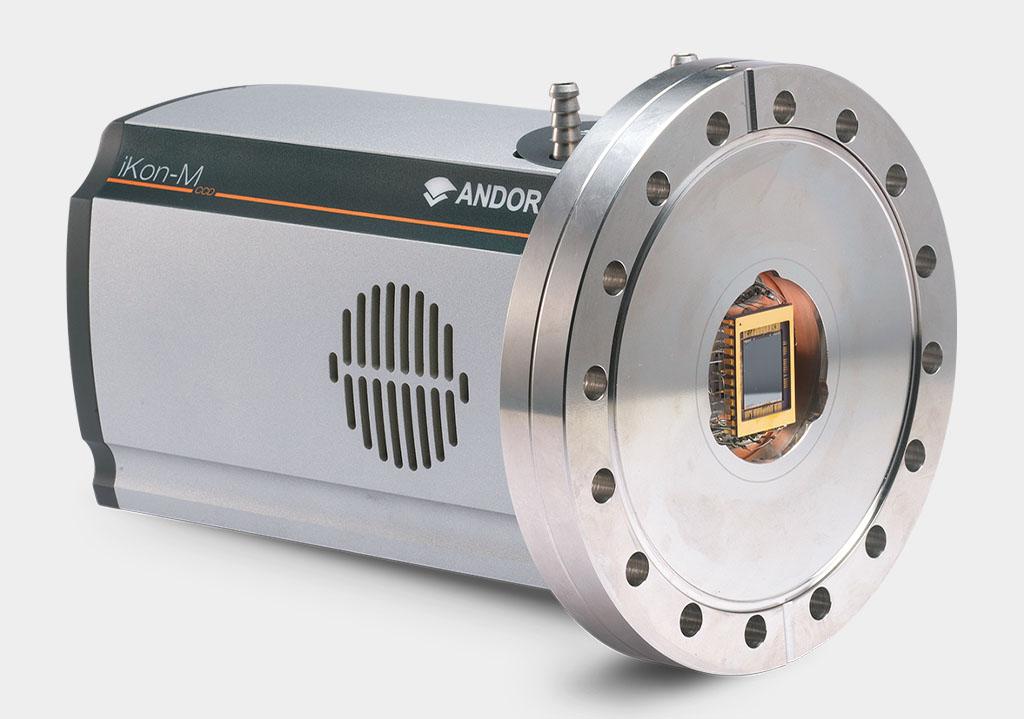
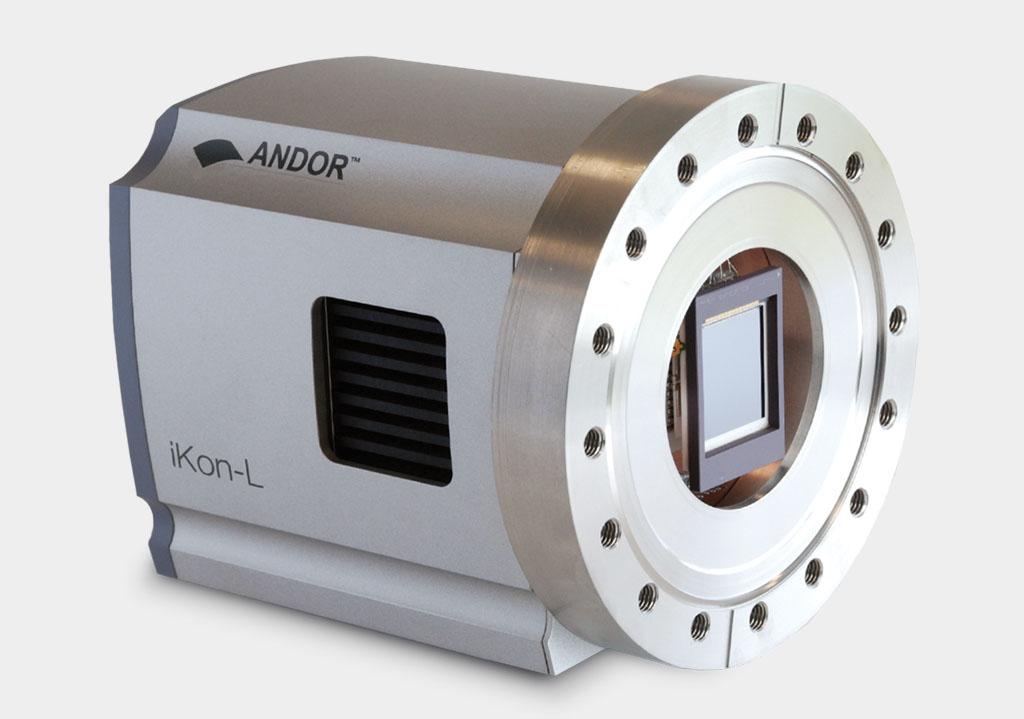


Hard X-rays require indirect detection using scintillators. Our wide range of visible light cameras can be used for this or our more bespoke range of fibre-optically coupled and lens coupled cameras. With varying sensor diagonals and pixel pitches available, our hard X-ray sCMOS cameras are ideal for hard X-ray beamlines and lab based hard X-ray sources.



